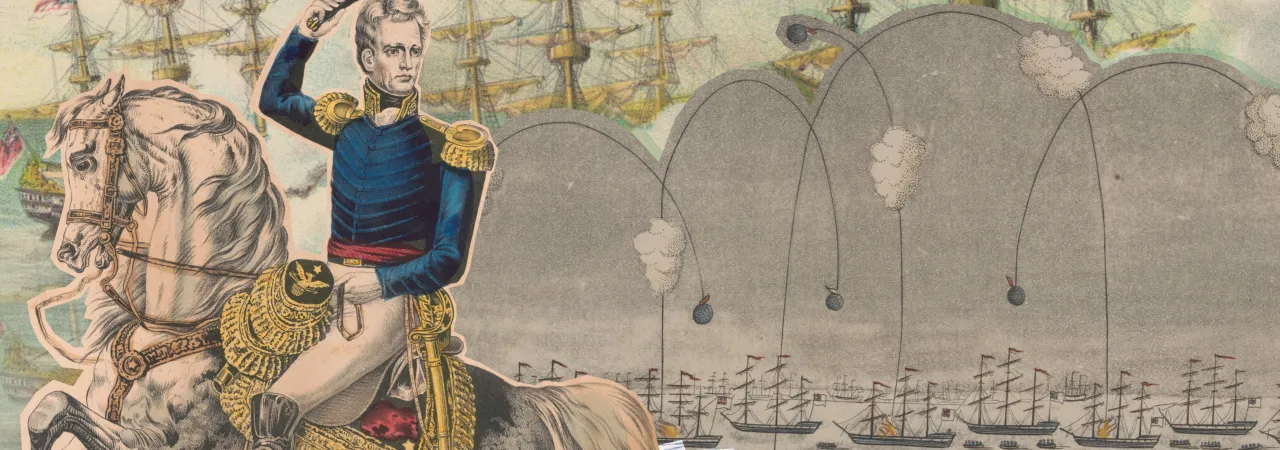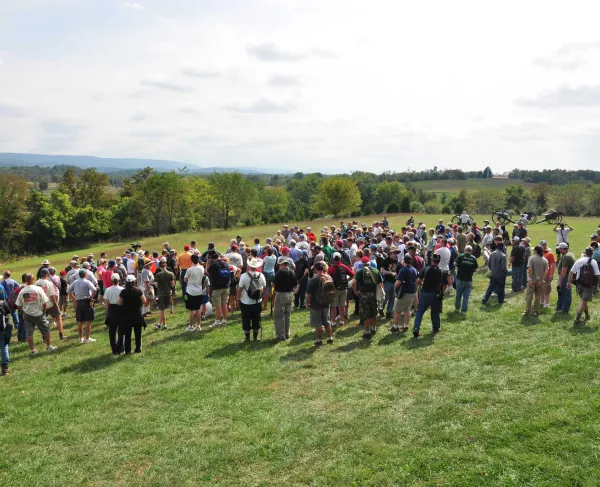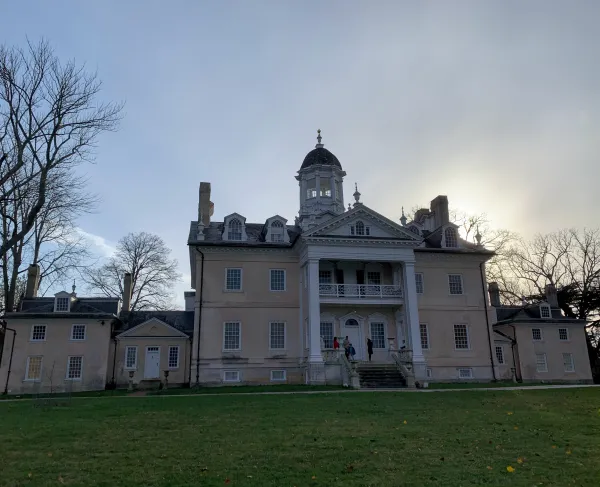A Numerical Sketch of the War of 1812

The War of 1812 wasn’t just a war of conflicting interests — it was a clash of worldviews and cultures. In fact, the fundamentally divergent perspectives and goals of the major players help explain why, more than two centuries later, historians still struggle to say who won.
We won’t try to answer that question here (though you can read our take in our War of 1812 FAQs). Instead, we’ve drawn inspiration from the Harper’s Index and collected intriguing numbers to "convey a newspaper's worth of information on a single page."
Time
- Years between the end of the Revolutionary War and the start of the War of 1812: 29
- Years between the end of the War of 1812 and the start of the U.S. Civil War: 46
- Span of the War of 1812: 2 years and 8 months
- Hours the British stayed in Washington, D.C., during their 1814 invasion of the U.S. capital: 26
- Days between the signing of the Treaty of Ghent to end the War of 1812 and the last battle of the war at New Orleans: 15
- Years since the USS Constitution, veteran of the War of 1812 and the world's oldest commissioned warship afloat, was launched: 222
- Times the U.S. Congress issued a formal declaration of war before the War of 1812: 0
- Tally of wars involving the U.S. from its founding to the end of the Civil War: 44
Land
- Geographic size of the U.S. in the year 1800: 864,746 square miles
- Percent increase in U.S. geographic size with the Louisiana Purchase in 1803: 95.75
- Acres Native American Creek tribes were required to cede to the U.S. government by the Treaty of Ft. Jackson in 1814: 22 million
- Acres the U.S. would acquire between the end of the War of 1812 and the start of the Civil War: ~780 million
- Total acres of the U.S. as of 2019: ~2.4 billion
People
- Regular soldiers serving on land and sea in the U.S. military when the War of 1812 began: ~7,000
- Regular soldiers serving on land and sea in the U.S. military by the end of the war: >35,000
- Local militia supporting the U.S. military by the end of the war: ~458,000
- Percent of sailors in the U.S. Navy who were of African descent during the War of 1812: 15
- Future U.S. presidents who fought in the War of 1812: 4
- Tribes in the First Nations confederation led by Shawnee War Chief Tecumseh: 35
- Native Americans who fought for the British: ~10,000
- Age at which Tecumseh died in the Battle of Thames, leaving the First Nations confederation leaderless: 45
- Slaves who gained freedom by supporting the British in the War of 1812: ~4,000. This was the largest emancipation that took place in the U.S. until the Civil War.
Battles
- Percent of the 2,200 American men killed in action during the war who died in the Battle of Frenchtown: 20%
- Volumes belonging to the Library of Congress at the time when the British set fire to the Capitol building during their invasion of Washington, D.C.: ~3,000
- American soldiers blocking the British advance toward Baltimore prior to the Battle of Ft. McHenry: ~10,000
- British soldiers sent to meet them: ~5,000
- British cannonballs, shells and rockets fired at Ft. McHenry during the battle that would inspire “The Star-Spangled Banner:” ~1,500
- Number of soldiers in the “Battalions of Free Men of Color” who fought for the U.S. at the Battle of New Orleans: 330
- Ratio of U.S. to British casualties in the Battle of New Orleans: 1 to 33
As the U.S.’s first major war as a sovereign nation, the War of 1812 had a massive and lasting impact on national policy and identity. Learn more about this foundational yet under-studied conflict.





